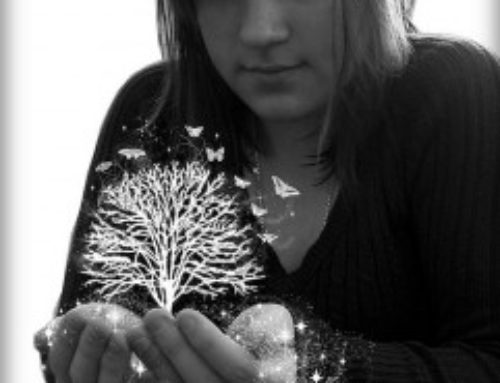Many of my clients have a life mission, work directly in careers or have roles where they care for and help other people. As counselors or doctors or teachers or parents, they often struggle with the feelings of burn-out that happen when so much time and energy goes to care giving.
When I first started my practice, over ten years ago, I discovered the following wisdom from Rachel Naomi Remen and have come back to it again and again as a guide marker for how to show up in my own work. I hope you find it as helpful! You can read the full version here.
Helping, fixing and serving represent three different ways of seeing life. When you help, you see life as weak. When you fix, you see life as broken. When you serve, you see life as whole. Fixing and helping may be the work of the ego, and service the work of the soul.
Service rests on the premise that the nature of life is sacred, that life is a holy mystery which has an unknown purpose. When we serve, we know that we belong to life and to that purpose. From the perspective of service, we are all connected: All suffering is like my suffering and all joy is like my joy. The impulse to serve emerges naturally and inevitably from this way of seeing.
Serving is different from helping. Helping is not a relationship between equals. A helper may see others as weaker than they are, needier than they are, and people often feel this inequality. The danger in helping is that we may inadvertently take away from people more than we could ever give them; we may diminish their self-esteem, their sense of worth, integrity or even wholeness.
When we help, we become aware of our own strength. But when we serve, we don’t serve with our strength; we serve with ourselves, and we draw from all of our experiences. Our limitations serve; our wounds serve; even our darkness can serve. My pain is the source of my compassion; my woundedness is the key to my empathy.
Ask yourself: am I approaching the people in my life from a place of service, seeing their innate wholeness and sharing my own vulnerabilities or am I approaching the people in my life from a place of helping and fixing, creating distance between us? Because as Rachel says, “Fixing and helping create a distance between people, but we cannot serve at a distance. We canonly serve that to which we are profoundly connected.”




I love this post. Thank you so much. It is so true. This post really made me think about things and why I do what I do.
Thanks again.
Useful information…..